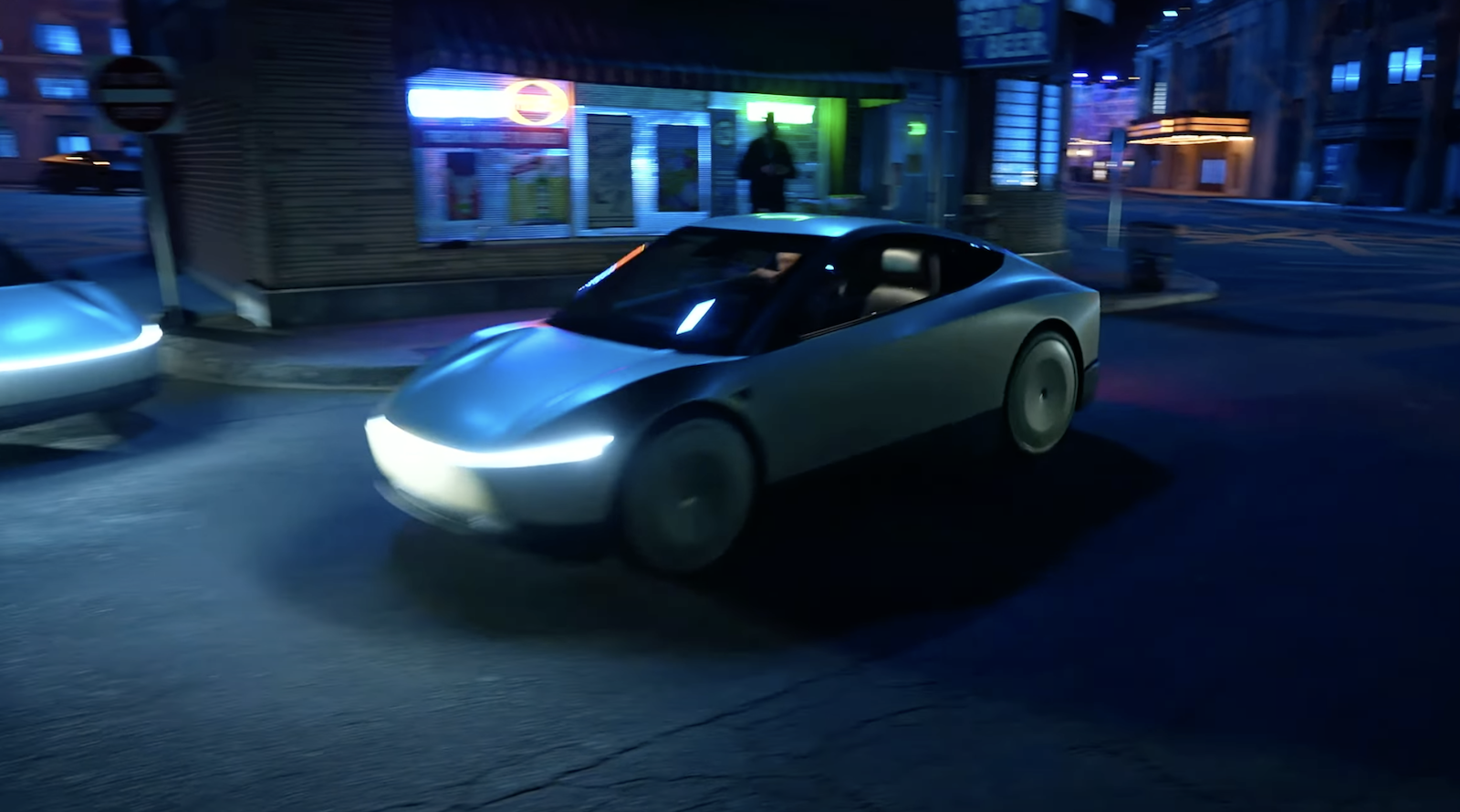Support CleanTechnica’s work through a Substack subscription or on Stripe.
It’s often said that the kitchen is the heart of the home, and the stove is definitely the center of the kitchen. For decades, stoves have been powered by burning things that release harmful emissions into the home.
Electrifying stoves is difficult because heating elements pull lots of electricity and most homes simply are not wired to push out 50 amps at 240 volts in the kitchen. That translates to costly circuit additions and often require a full electrical panel upgrade for the home. All told, it can cost several thousand dollars to replace a gas stove with a comparable induction stove — and that’s not even including the electric stove itself.
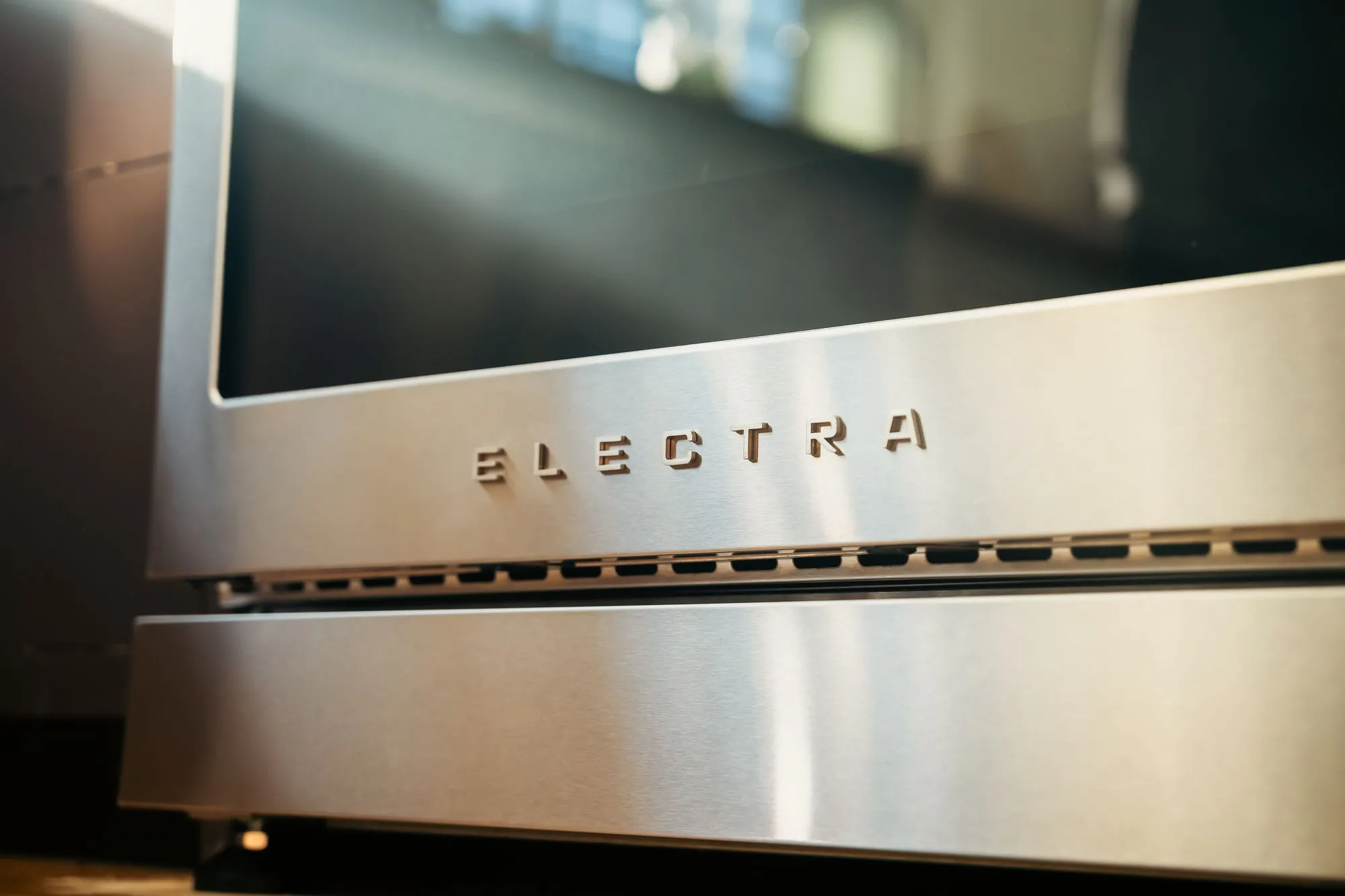
Until now. Electra is a startup out of New York that aims to change the paradigm around electric cooking by adding a battery into the stove itself to serve as a buffer. In this configuration, you get the benefits of high-power electric induction cooking without all the costly retrofits. I sat down with Electra CEO Bert Muthalaly to talk about how their battery-buffered induction stove is set to disrupt the kitchen.
Indoor Air Pollution
Right out of the gate, I was curious about why the team at Electra would focus on stoves. Bert told me that, “there’s an existing movement from gas to electric for cooking.” It is driven by several factors, one of which is the indoor air pollution caused by burning gas in traditional stoves.

The amount of indoor air pollution kicked out by traditional gas stoves has been linked to asthma, respiratory issues, and a host of other cognitive and neurological effects. Burning hydrocarbons causes pollution, which is nothing new, but for some reason, it took decades for anyone to connect those dots to the stoves in our kitchens. That trend has thankfully reversed and many states are pushing for full electrification of the home to fix it.
Remediating indoor air pollution isn’t sexy, but there’s also a huge movement of professionals and prosumers moving to induction cooktops simply because they are better at producing accurate cooking temperatures. And who doesn’t like delicious food? Count me in.
Expensive Retrofits
Unfortunately, adding an electric stove isn’t a simple matter of pulling the old one out and putting a new one in. “It’s one of the peakiest loads in the home,” Muthalaly said.
Single induction burners can pull anywhere from 500 to 1,800 watts. Scale that to a typical range with four burners up top and you’re pulling a serious amount of power already. Couple that with running an oven which can pull 1,500 to 3,000 watts by itself and you’ve got a huge challenge.
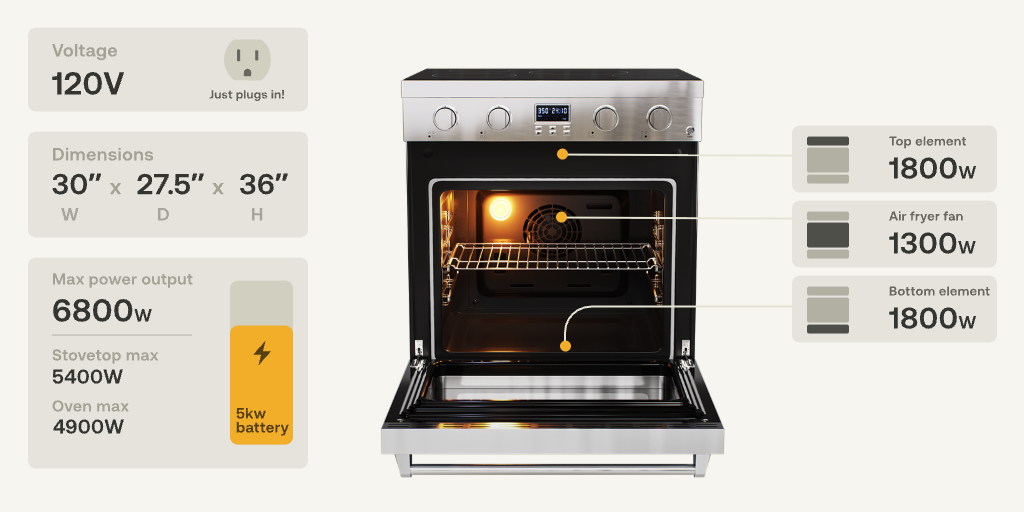
The team at Electra saw this problem as an opportunity. They built their entire stove around the idea of using a 5 kWh battery as a buffer for cooking. The idea is simple: The battery charges while the stove isn’t being used and is then able to supply the majority of the power needed by the stove when it is time to cook. Combined with the 120-volt wall connection, the system can support cooking loads of up to 5 kW.
The 120V Electra Induction Stove
It’s an elegant solution that offers best-in-class performance, both on the cooktop as well as the oven. The oven actually has some tricks of its sleeve with a 1,300 watt high power fan that transforms the compact space into an air fryer. That’s different from a convection oven which just blows the hot air around inside the oven because it turbocharges the air with a heating element before it is blown onto the food. That’s what gives you that crispy crunch on your tofu nuggets and the tasty charred glaze on your brussel sprouts.
Electra started with a 30 inch stove that’s optimized for multifamily dwellings where installing a high-power outlet can be a significant constraint. If you think adding a single 240 volt, 50 amp circuit in a single-family home is difficult, imagine doing that on the 12th floor of an apartment building. It’s oftentimes nearly impossible, and when it can be done, costs quickly rack up into the tens of thousands of dollars just for the wiring.
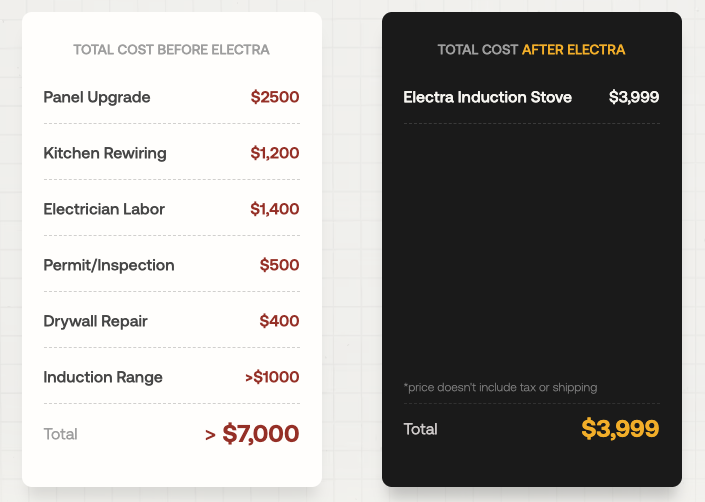
Adding a battery directly enables adding an electric stove without expensive wiring upgrades, but let’s dive in a little deeper. Why did they choose a 5 kWh battery? From a capacity standpoint, that sizing gives them plenty of extra capacity just in case. “We designed it so you can cook Thanksgiving dinner twice,” Muthalaly said.
It’s also conveniently above the threshold for qualifying for multifamily housing upgrade credits. That is huge for a startup that’s just starting to push its first product out the door.
Having such an oversized battery also gives the team at Electra extra capacity if they see an opportunity to play in grid services or as part of a virtual power plant in the future. If that does happen, your stove’s output to the grid will be limited by the capacity of the very same 15 amp, 120 volt outlet it sips power from to cook your carrots.
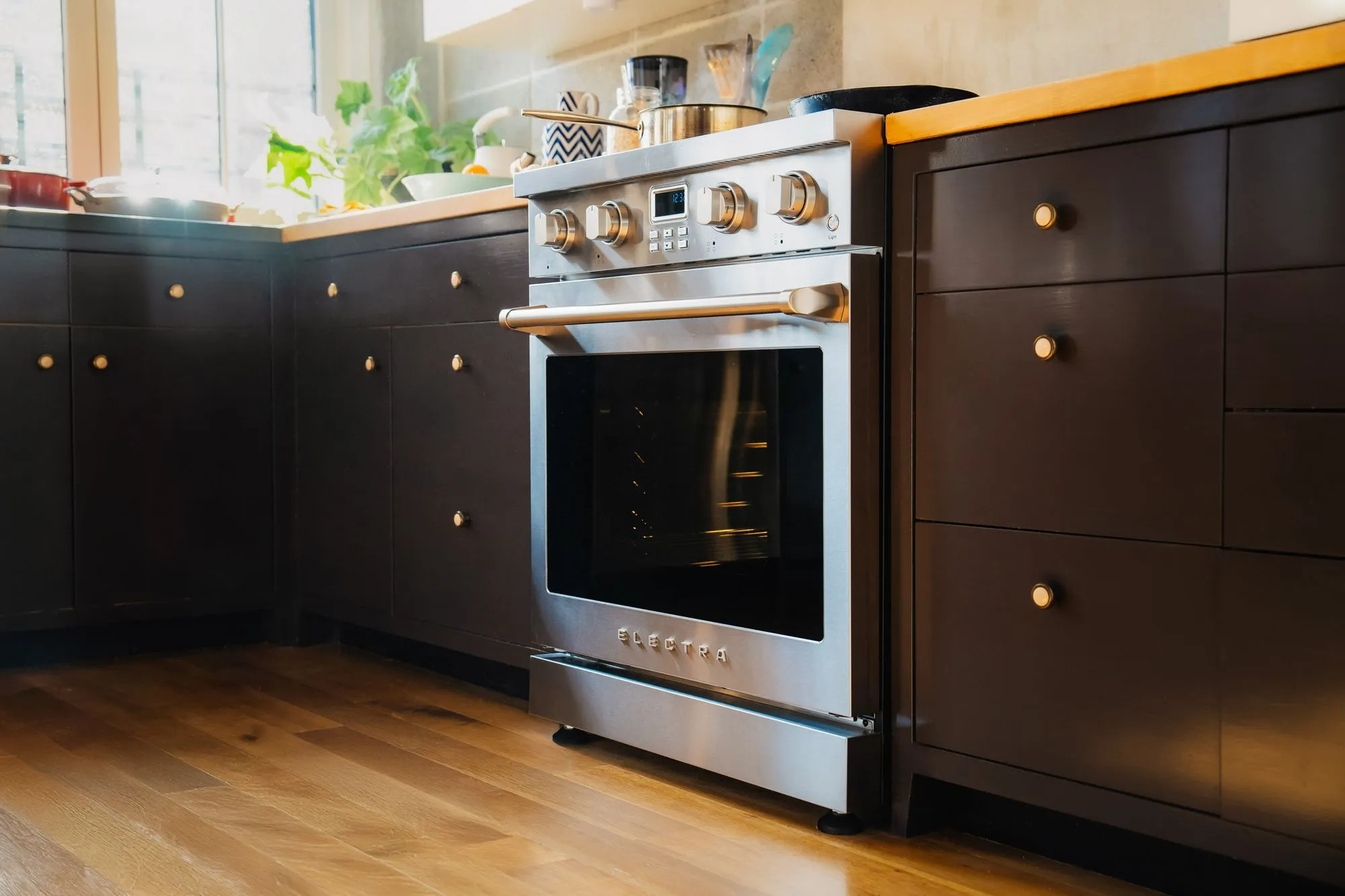
At CleanTechnica, we are always championing the concept of electrifying everything, and it is solutions like Electra’s electric induction stove that truly change the landscape. Electra’s induction stove meaningfully lowers the bar to electrifying cooking, one house and one apartment at a time.
What’s next?
Electra just moved its 30″ induction stove into production a few weeks ago and is currently focused on building and shipping orders to fill its backlog of customer orders. It’s an exciting new market, with lots of customers primarily coming from California and New York.
Adding a battery to appliances that pull lots of power is a concept that scales way beyond a compact stove. “We definitely want to do a big stove,” Muthalaly said. It’s the obvious next step and would position the company well for serving customers in multi-family dwellings as well as detached single-family homes. At launch, it will be able to:
- Run when the grid is down
- Charge the battery when grid prices are low
- Cook rapidly with Electra’s power boost that lets the range and oven heat up much faster than traditional units
- Plug directly into a typical 120V outlet
- Air fry food as well
- Improve indoor air quality (no emissions!)
Stoves may be just the start of a larger movement though. Adding a battery and intelligence to home appliances is something they can scale way beyond the kitchen. “I think you will see this as a watershed moment,” Muthalaly said. It could usher in an entirely new generation of home appliances, “where smart appliances actually get smart.”
They just moved the 30″ induction stove into production, so you better bet your browned beer-battered brussels we’ll be watching to see what the first customers think as installs begin. For now, head over to Electra’s online home for more information about their battery-buffered induction stove or to reserve one for yourself.
Sign up for CleanTechnica’s Weekly Substack for Zach and Scott’s in-depth analyses and high level summaries, sign up for our daily newsletter, and follow us on Google News!
Have a tip for CleanTechnica? Want to advertise? Want to suggest a guest for our CleanTech Talk podcast? Contact us here.
Sign up for our daily newsletter for 15 new cleantech stories a day. Or sign up for our weekly one on top stories of the week if daily is too frequent.
CleanTechnica uses affiliate links. See our policy here.
CleanTechnica’s Comment Policy




